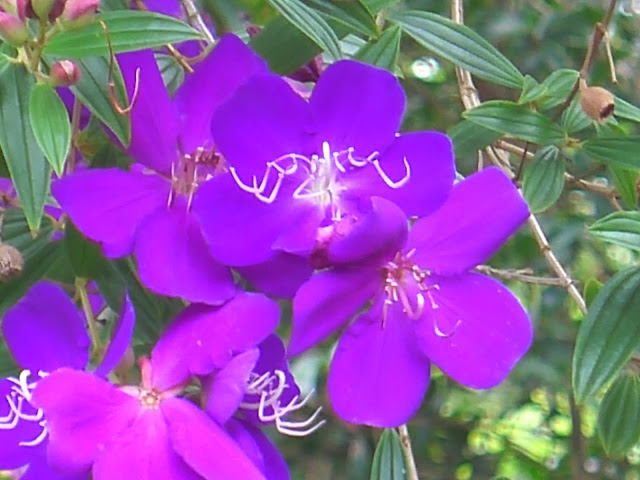
Effects of human waste; garbage, human made marine debris concentrated in the central North Pacific Ocean. A Gyre made up of pelagic plastics, chemical sludge and other human made garbage. Marine pollution of the highest grade gathered by oceanic currents.
Pardon me, this is necessary for us, this is our life, what's the problem it's out in the ocean and we do not see it everyday. Out of sight out of mind.

Castle Bravo was the name given to the first United States test of a dry fuel thermonuclear hydrogen bomb, detonated on Bikini Atoll, Marshall Isalnds on March 1, 1954.
The the first test of Operation Castle, the most powerful nuclear device ever detonated by the USA at that time. This disaster lead to the most significant accidental radiological contamination caused by the USA.
Pardon me, we have so many enemies, terror, this was a must have; out of sight out of mind.

The three mile island nuclear accident was a partial nuclear meltdown which occurred in one of the two United States nuclear reactors on March 28, 1979 . Located on the three mile island in Dauphin County, Pennsylvania; The meltdown resulted in the release of of radioactive gases and radioactive iodine into the environment.
Pardon me; we need this for our economy; it's cheap and SAFE; a few cancers here and there, does it matter. What? Wind, Sun, Water Power, no way, we need nuclear power, it makes a lot of money for us and as you can see it is SAFE.
Out of sight out of mind.

Ghost town Prypyat Ukraine
26/04/1986 happenend a catastrophic nuclear accident at the Chernobyl Nuclear Power Plant.
The explosion that occurred on 26 April 1986 in one of the reactors of the nuclear power plant, and the consequent fires that lasted for 10 days, led to huge amounts of radioactive materials being released into the environment. A radioactive cloud spread over much of Europe.
Pardon me; we said sorry, it won't happen again. What about the suffering of all the contaminated people, animals, nature? Discussion is finished we said; we are sorry.
Out of sight? out of mind.
Kuwait oil fires 1991; 600 oil wells were set afire as part of the scorched earth policy by the retreating Iraqi military forces. The fires caused heavy pollution to the soil and air.
Pardon me; we have always messed around in the Middle East; this was just a hick up, nothing to worry about. It was yesterday's news!
Out of sigh,out of mind.
Sidoarjo Mud flow;
Lapindo, the largest mud volcano exists today because of gas blowout.
Wells drilled by PT Lapindo Branta.
180,000 m³ of mud per day is spewed at its peak and has been in eruption since May, 2006.
Pardon me; it was not us it was an earthquake, Cross my heart and hope to die.
Out of sight out of mind.

During the Vietnam war the destruction of farmland, rice paddies, flora and fauna of the jungle, everything which was a source of food for the native Vietnamese population, was destroyed, poisoned, promulgated by American military strategists.
Pardon me, they were the enemy and they had to be taught a lesson. But, the Vietnamese did not invade the USA and you actually lost that war!
Out of sight out of mind.

Guiyu, China is the location of what may be the largest electronic waste (e-waste) site on earth. The population suffers from lead poisoning. The province is referred to as the “electronic graveyard”.
Pardon me; it is all about the economy, after all money makes the world go round.
The environment is save with us, no worries, we always say sorry if something goes wrong.
There are so many, many more from Maralinga to Hiroshima to
the destruction of the Aral Sea. The Exxon Valdon oil spill; Italy ICMESA chemical company exploded. This led to a toxic cloud of dioxin being released into the atmosphere... and more and more there is no end thousands and thousands and more.
The world has experienced so many man made disasters. I wonder if this belongs into the category of evolution? Where does this gung-ho attitude lead us, perhaps into annihilation?
Pictures man made disasters. Text Ts






























